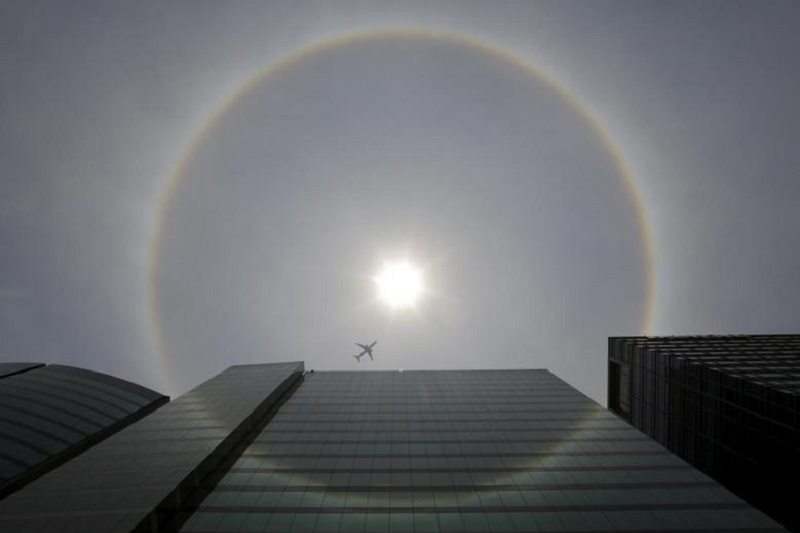This post was originally published on this site

In a statement on Wednesday, the Zurich-based reinsurance group said the effect of a warming climate is “evident in increasingly extreme weather events.”
A series of widespread storms that slammed into the U.S. accounted for more than two-thirds of the half-year claims, the study noted.
Severe weather marked by thunder, lightning, heavy rain, hail, strong winds, and sudden temperature changes led to $34B in insured losses in the U.S. alone. Ten events each caused losses of $1B or more, compared to a yearly average of six events over the past decade. The state most affected was Texas, Swiss Re said.
The report added that extensive flooding caused by prolonged rainfall in Italy’s Emilia-Romagna region in May led to expected insured losses of over $600 million — the costliest weather-related event in the country since 1970.
Heatwaves and dry conditions in southern Europe since early July have also aggravated wildfires, Swiss Re flagged. However, it said that it remains too early to estimate the economic damage.
“Besides the impact of climate change, land use planning in more exposed coastal and riverine areas, and urban sprawl into the wilderness, generate a hard-to-revert combination of high value exposure in higher risk environments,” said Swiss Re Chief Economist Jérôme Jean Haegeli.
“Protective measures need to be taken for insurance products to remain economical for such properties at high risk. It is high time to invest in more climate adaption.”
The overall economic cost from natural catastrophes, including a deadly earthquake in Turkey and Syria in February, amounted to $120B in the first half, the report projected. That was down slightly from $123B in the prior-year period, but still 46% above the ten-year average.


